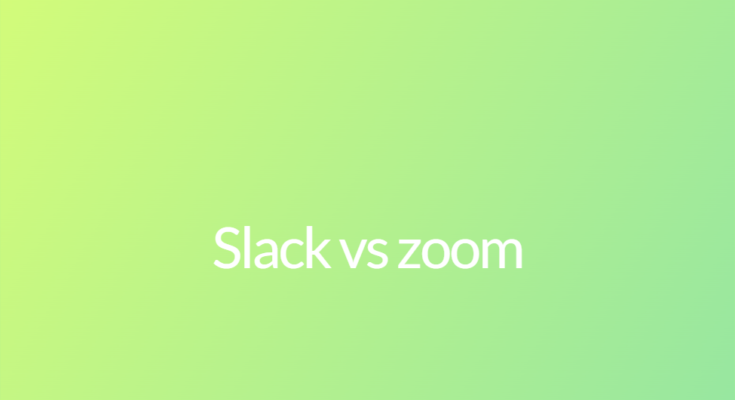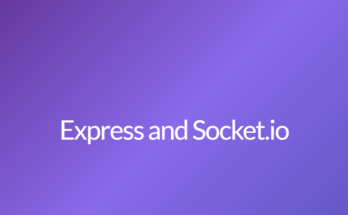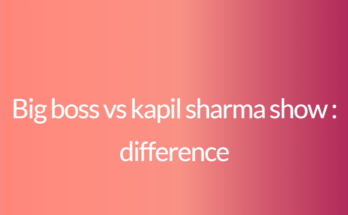Introduction:
In today’s digital era, various communication and collaboration tools have emerged to enhance productivity and streamline remote work. Two such popular platforms are Slack and Zoom. While both tools serve different purposes, they play a vital role in connecting teams and facilitating efficient communication. In this article, we will explore the differences between Slack and Zoom, helping you understand when and how to use each platform effectively.
Slack:
Slack is a team messaging and collaboration tool designed to bring teams together. It provides a unified platform for communication, file sharing, and project management. Slack offers various features that promote effective collaboration, such as channels, direct messaging, and integrations with other tools.
Zoom:
Zoom, on the other hand, is a video conferencing platform that focuses on hosting virtual meetings and webinars. It provides high-quality audio and video capabilities, enabling users to communicate face-to-face regardless of their physical location. Zoom is known for its reliability, ease of use, and scalability.
Differences between Slack and Zoom:
1. Purpose:
– Slack: It aims to enhance team communication and collaboration on a daily basis. It offers features like channels, where team members can discuss specific topics, and direct messaging for private conversations.
– Zoom: It focuses on providing a platform for virtual meetings, webinars, and conference calls. It emphasizes face-to-face communication and offers features like screen sharing, breakout rooms, and virtual backgrounds.
2. Communication Channels:
– Slack: It allows users to create different channels for different projects, teams, or topics. Channels offer a centralized platform for discussions, file sharing, and integration notifications, ensuring that team members are updated and aligned.
– Zoom: While Zoom primarily focuses on video conferencing, it also provides a chat feature for instant messaging during meetings. However, the chat functionality in Zoom is not as robust as Slack’s.
3. Audio and Video Quality:
– Slack: It offers voice and video calling options, but the quality may not be as high as Zoom’s. Slack’s audio and video capabilities are suitable for quick discussions and casual conversations but may not meet the requirements for professional meetings or webinars.
– Zoom: Zoom is known for its high-quality audio and video, ensuring clear and smooth communication during meetings. It has advanced features like active speaker view and gallery view, making it suitable for larger meetings with multiple participants.
4. Integration with Other Tools:
– Slack: It has a wide range of integrations with other popular tools like Google Drive, Trello, Jira, and more. This allows users to centralize their workflow and access all necessary information from Slack itself, making collaboration more efficient.
– Zoom: While Zoom offers some integrations, it is primarily focused on its core video conferencing capabilities. It integrates well with calendars like Google Calendar and Microsoft Outlook, making scheduling meetings seamless.
5. Pricing and Scalability:
– Slack: It offers a freemium model, with limited features available for free and additional features available in paid plans. Slack’s pricing is based on the number of active members in a workspace, which can make it expensive for larger teams.
– Zoom: Zoom also follows a freemium model, allowing free meetings with certain limitations. It offers various paid plans suitable for small to large organizations, making it scalable and cost-effective.
Conclusion:
In conclusion, Slack and Zoom serve different purposes in the realm of communication and collaboration. Slack excels in day-to-day team communication, file sharing, and project management, while Zoom focuses on hosting virtual meetings, webinars, and conference calls. Choosing the right tool depends on your specific needs and the nature of your work. In some cases, using both platforms together can complement each other and provide a well-rounded communication and collaboration experience.



